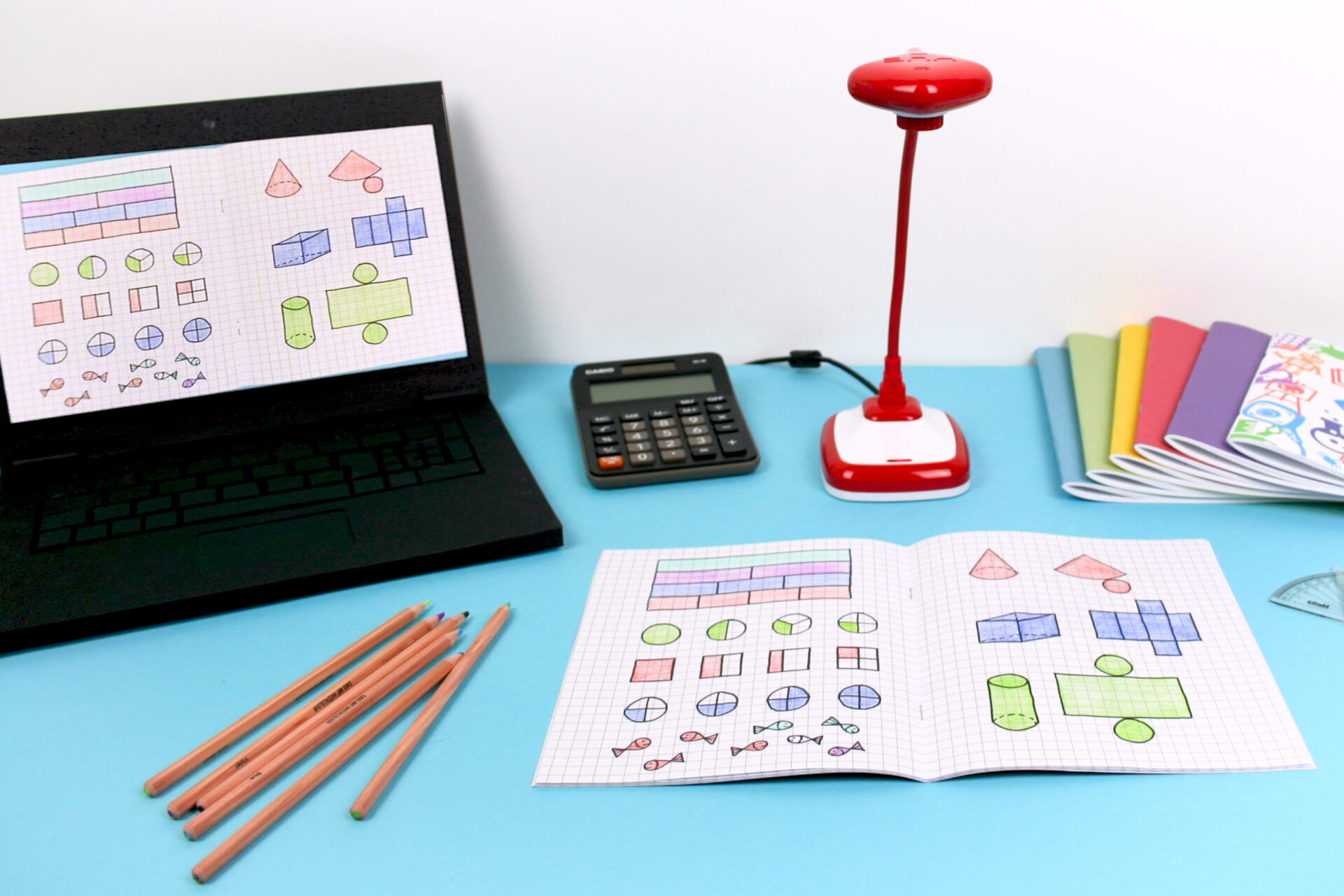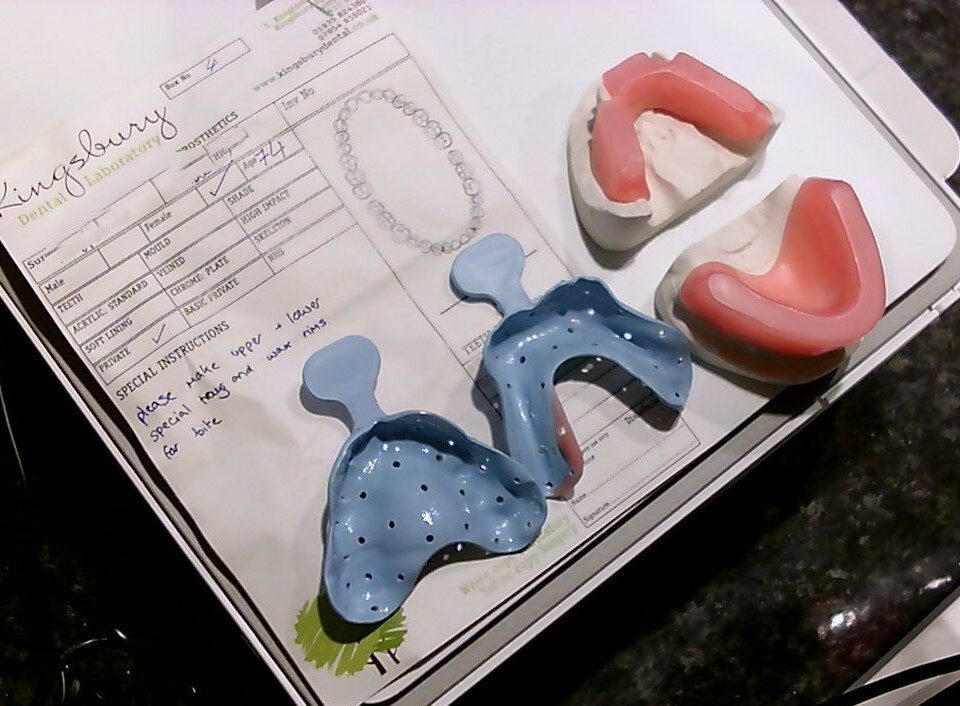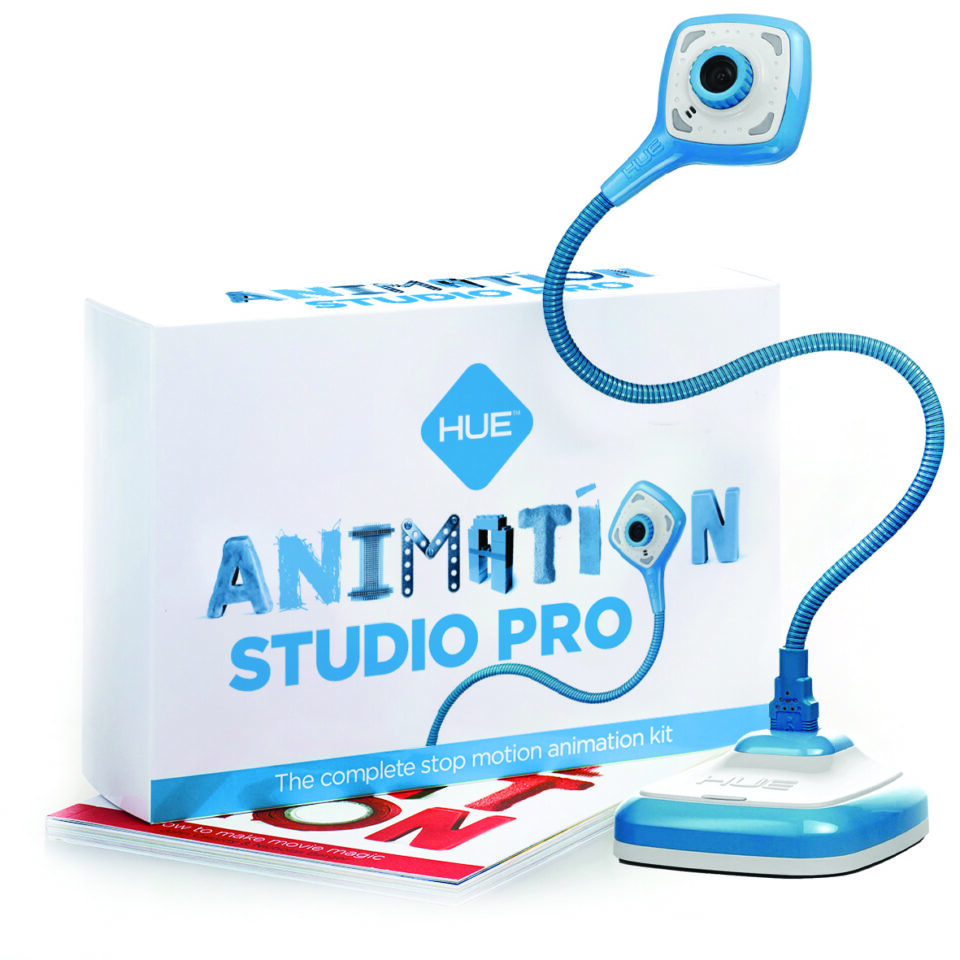
[ES] Guest post: HUE HD Pro en uso en la UNAM de México

How to make videos for remote and flipped learning
If you want to teach like a champion and help children achieve maths mastery, then opt for what Doug Lemov calls ‘Show Call‘.
Show Call is basically a visual cold calling technique that keeps everyone on their toes and trying their best.
You give your class a maths task to work on, and when they have completed it, you choose an example and share it with the whole class.
This is where your HUE HD Pro camera comes into the frame. It can clearly show the rest of the class so that everyone can see. This makes teaching, learning and assessment interactive and explicit.

A HUE HD Pro allows teachers to customise their lessons to be inclusive to all students, to pause, to ponder and then to press play again, prompting better understanding by all. It’s a way of taking the class pulse.
By doing this, working out is made visible and a student can explain their thinking alongside it for their peers to discuss and comment. It unearths understanding. It allows you to showcase different ways of solving a problem and highlights different approaches to mathematical thinking.
The public nature of Show Call might sound quite intimidating to some but when the strategy is made a regular feature of classwork, exemplars are quickly normalised and become part and parcel of a class with the collective mission of supporting each other in a habit of discussion. It holds all pupils accountable for what they do and for helping each other learn.
This ‘Tear and Share’ approach allows children to offer supportive feedback in order to identify and iron-out any misconceptions together. This co-construction of knowledge unlocks understanding and by collaborating, the whole class benefits from enhanced learning.
If you see great work, call it in and share it with your HUE. If you see work where someone has partly understood a concept, call it in, show the rest of the class and get them to help. HUE can therefore help keep your lesson reactive to what is happening in the moment.

Visualisers are the perfect tool for managing a range of responses across a class and for building a healthy ‘forensic’ culture of active assessment.
This is where erroneous responses are not frowned upon but used as a springboard for further discussion and groupthink so children can revise their original thinking. It’s also the platform where correct answers can be celebrated and shared.
Using Show Call for maths mastery is an opportunity for children to discuss, reason and argue in a safe and professional context. It’s where quality analysis takes place and mistakes or incomplete understanding are seen as stepping stones towards mastery and a normal and necessary part of learning.
Using a HUE also gives pupils a chance to shine because they can demonstrate how they might have progressed. For example, you might Show Call a pupil’s work which displays limited understanding but after class discussion and further work, a pupil can then go on to show how much they have learned and how they now ‘get it’. This allows pupils to ‘grow’ and to ‘glow’.
10 ways to share maths moments for mastery:
- Begin a maths pattern and ask children to predict what comes next.
- Use manipulatives to demonstrate concepts.
- Demonstrate which calculator buttons to press.
- Show 2D and 3D shapes so children can readily identify polygons and polyhedrons and more.
- Share maths processes and formulae.
- Illustrate fractions with numbers and pictures.
- Help children work through word problems.
- Illustrate place values.
- Count money/coins together as a class.
- Show children how to use a protractor.

Have children lead a Show Call analysis so they can be the teacher where they ask the rest of the class questions about how their work or someone else’s work could be improved. For example, they can ask: “Can you give me two stars and a wish about this piece of work?”, “Has a step been missed out?”, “What can be done better?” etc.
One way to use a Show Call in class is to select a pupil’s work for analysis and not tell children why it has been chosen – it’s down to them! This way, children learn to respectfully read, analyse and edit each other’s efforts with rigour and an eye for detail.
There are lots of ways to use a Show Call other than focusing on children’s own work. What you could do is use your HUE to project the work of a fictitious pupil on screen for deep excavation. This is seen as a ‘safer’ route because no one is singled-out and embarrassed by the work shown.
The idea, therefore, is to display a piece of work that contains errors and children can then freely comment on what they see. It’s a great way to share common misconceptions and this is particularly effective for remote learning situations. For really great examples of this see how two teachers do it here and here.
Probably the most important work we can do when teaching for mastery is to structure our lessons so that there are frequent opportunities to check if pupils have learnt what has just been taught and for pupils to recap, review and consolidate their prior learning.
HUE allows us to look, listen, actively engage, deconstruct and construct. It also allows us to model as the expert and share the expertise so that all pupils can model with full confidence themselves.

Here’s a summary of just some of the educational benefits of deploying a HUE in your class:
25 advantages of using a HUE HD Pro for maths mastery:
- Allows you to model processes and strategies.
- Checks for understanding and upgrades knowledge, comprehension, and skills.
- Builds a culture of listening carefully to each other.
- Helps pupils analyse their peer’s work with specificity and insight.
- Help to excavate errors, mistakes, and misconceptions.
- Amplifies thinking and normalises a growth mindset.
- Promotes maths editing and progression.
- Encourages discourse and argumentation.
- Can show a WAGOLL (What A Good One Looks Like) and annotate work.
- Promotes an incentive to produce quality work.
- Builds a culture of accountability.
- Invests quality time in explaining each other’s thinking.
- Engineers more thoughtful responses.
- Is the perfect tool for interleaving practice.
- Reduces cognitive load.
- Makes formative assessment an active process.
- Builds pupil autonomy and confidence.
- Shows pupils that you care about their thinking about maths.
- Teaches pupils that everyone has something to share.
- Contributes to higher standards of quality.
- Helps pupils connect the dots so that they can see the whole picture.
- Pupils take ownership of their own learning.
- Pupils begin to naturally self-monitor their level of understanding.
- Allows for the precise use of maths vocabulary.
- Helps children to grow and glow in a positive maths culture.
And finally…
Mastery teaching is achieved through collaborative learning structures which scaffold reasoning and problem solving leading to mastery in independent work.
HUE visualisers are tailor-made for mastery moments and this is why every class should have one to address and discuss misconceptions and ensure children are explaining and reasoning every step of the way on their math journeys.
Guest post written by John Dabell.
John trained as a primary school teacher 25 years ago, starting his career in London and then teaching in a range of schools in the Midlands. In between teaching jobs, he has worked as an Ofsted inspector, national in-service provider, project manager, writer and editor. You can follow him on Twitter @John_Dabell.

Find out more, subscribe to our blog, download resources, contact us or follow us on social media.


